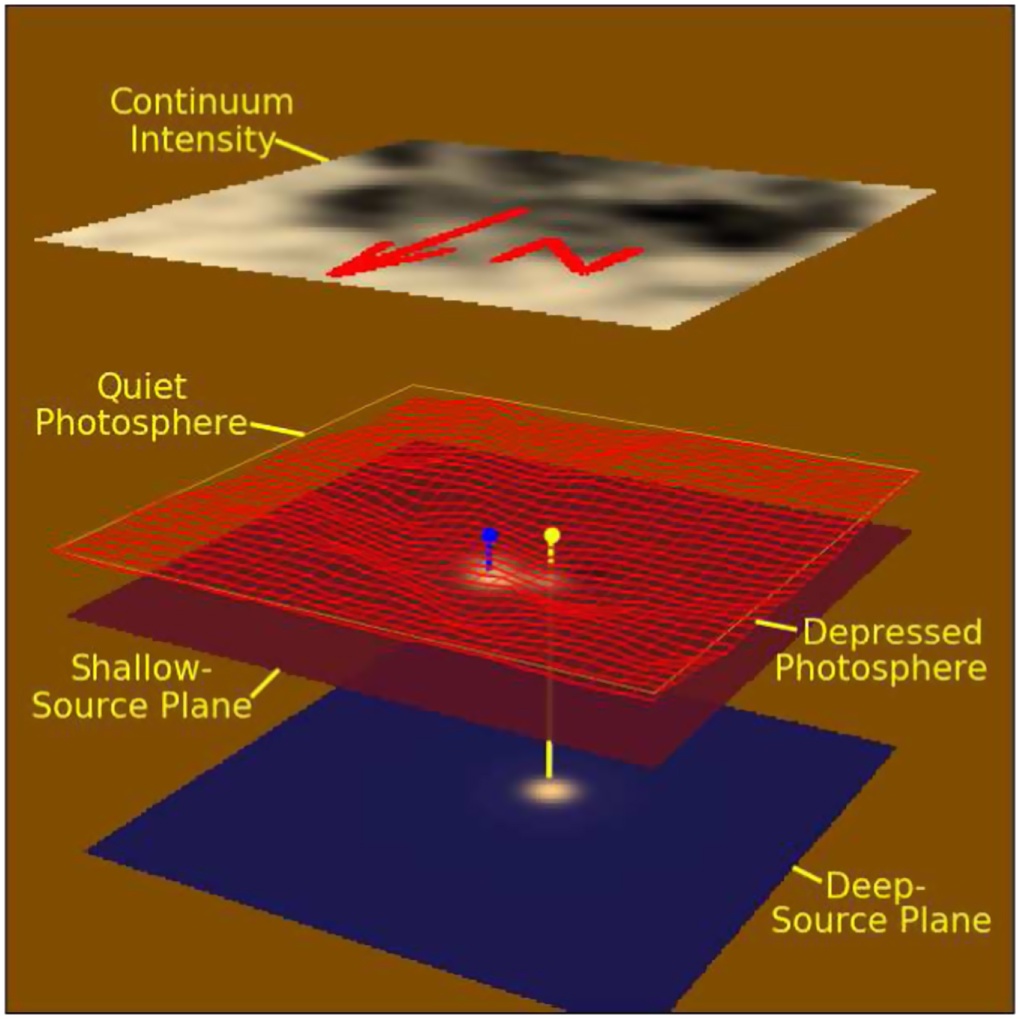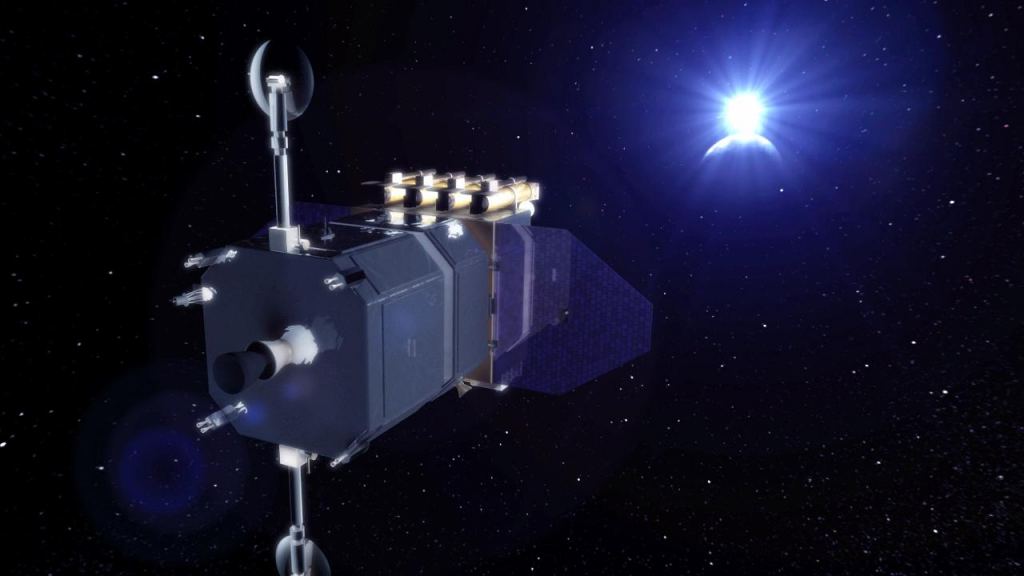The Sun, as it turns out, is a pretty big deal. The thermonuclear behemoth at the center of the solar system makes up well over 99% of all the mass in the solar system. Despite being the most well-studied star in the universe, there are still many mysteries about its works.
One of the Sun’s mysteries is the nature of sunquakes, massive ripples traveling thousands of kilometers across the sun’s surface. Occasionally, when a solar flare erupts, so-called seismic transients can be seen rippling through the solar surface over the next hour. The energy source driving these ripples was thought to be either the transient heating of the solar atmosphere during the flare event or by the powerful flexing of magnetic flux applied directly to the photosphere(the sun’s visible surface) itself, also originating in the flare event above. Using data from the Solar Dynamics Observatory (SDO), scientists have published a paper in the Astrophysical Journal of Letters that, for the first time, describes submerged sources of transient acoustic emission (sunquakes). The source of these mysterious waves seems to be, as it turns out, a thousand kilometers deep below, in the churning, seething hot interior of the star.
SDO measurements of an M-class solar flare (the smallest solar flares are A-class, with ascending flare strength represented by B, C, M, and finally X for the most extreme flares) from an event observed on July 30, 2011, showed a sunquake or ultra-impulsive acoustic emission, which seemed a bit odd. The observed waves’ signature did not match up with what models predict would be seen if the energy source for the waves was transient solar atmospheric heating OR direct magnetic flux. Scientists dug deeper with the two most common hypothetical sources of energy for the seismic activity ruled out.
Using a technique based on wave optics known as helioseismic holography, the team determined that the waves’ source was buried a full megameter (1,000,000 meters or 1,000km) in the interior of the sun. What could possibly be causing this? The mystery remains unsolved, but some possible ideas are outlined within the paper.

The first proposed mechanism behind the deep source of the waves is convective instability. For any typical region of the sun, structures known as granules can be observed. While these appear small, they themselves can be well over 1,000 km in diameter. The granules are regions of hot, bright, solar material rising, and cool, slightly darker material sinking in convective currents. Solar flares tend not to erupt from the typical granular surface of the sun but from sunspots, regions of the photosphere where temperatures have been suppressed by magnetic forces and are thus dark relative to the brighter surrounding areas. Convective transport under sunspots is thought to be significantly suppressed. The resulting instability caused by more extreme temperature gradients could lead to supercooled gas pockets suddenly escaping magnetic restraints and collapsing deeper into the sun.
The other possible energy source laid out by the paper is magnetic free energy. It is understood that free energy in coronal magnetic fields, i.e., in the sun’s atmosphere, drives solar flares. Could it be that this magnetic flux extends thousands of kilometers into the sun? If so, the authors express curiosity about what further breakthroughs this may hold for the study of subphotospheric magnetic architecture.

Like so many scientific endeavors, this paper’s results raise new questions as they provide insight into the mysteries they have explored. As we progress into an ever-more technical future, understanding the sun is essential for several aspects of our lives. Space weather associated with solar flares and the Sun’s magnetic field can have a hugely detrimental impact on electrical equipment on satellites, and in extreme cases, even on the surface of the Earth. Understand the Sun and its enormous power is also critically important to various Earthly power problems and solutions, such as the development of fusion reactors similar to the nuclear furnace that drives the Sun, and of course, the implementation of Solar power. Lastly, it is in our nature to explore the Universe as an inquisitive species. Stars are the primary visible portion of the Universe, and what could be more satisfying than exploring the star at the center of our celestial neighborhood.
Lead Image: Side-by-side of M-Class solar flare in visible and ultraviolet light. The ‘IP’ in the timeline indicates ‘impulsive flare’, and the following ripples can be seen radiating in the ultraviolet for up to 42 minutes following. Credit: NASA/SDO
Follow Ralph Crewe on Twitter @RalphCrewe
Watch Ralph Crewe explore unusual and fascinating topics on YouTube

